Our journey of “serving with love” started with a simple but powerful idea: to help businesses like yours thrive through the power of technology. And over the years, we have become more than just a service provider, we have become a trusted partner in your digital transformation, helping you turn opportunities into results.
We partner with you to turn technology into a competitive advantage
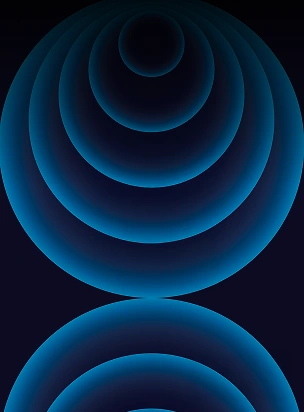
Transform legacy systems with scalable, high-performance IT infrastructure that enhances efficiency and business agility.
Learn More
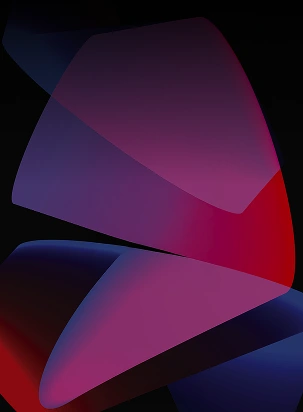
Leverage secure, scalable cloud solutions for storage, computing, and collaboration, tailored to your business needs.
Learn More
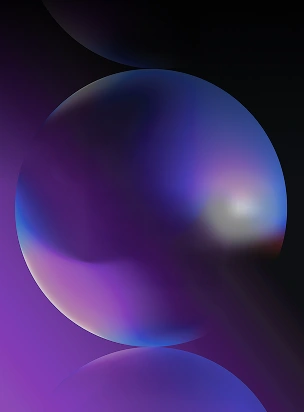
Specialized tech staffing delivers skilled professionals, cutting hiring costs, speeding recruitment, and lowering attrition.
Learn More

Optimize and maintain your IT infrastructure with 24/7 monitoring, performance management, and end-to-end support.
Learn More
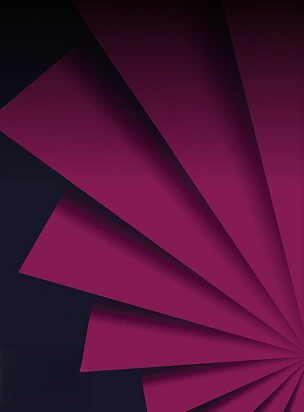
Comprehensive security solutions protect networks, identities, data, and operations while ensuring compliance and resilience.
Learn More
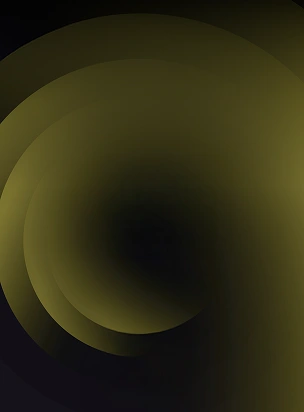
Ensure uninterrupted operations with proactive IT maintenance, regular system health checks, and dedicated support.
Learn More

Unlock actionable insights with advanced analytics and AI-driven data solutions to drive smarter business decisions.
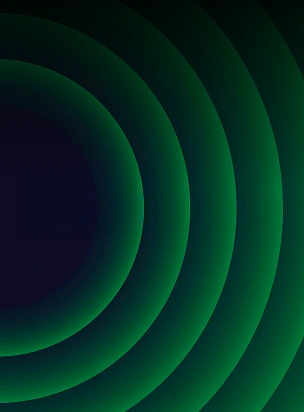
Streamline operations with customized ERP solutions that enhance automation, efficiency, and decision-making.
United by Technology

Stay ahead of the Curve

We are Team Computers, and we are passionate about tech, but even more passionate about people. We believe in "Actions Beyond the Code" - using our skills to make a real difference. From empowering the differently-abled to protecting the environment, we are committed to ethical, sustainable practices and fostering positive change in the world. Because at the end of the day, we are not just an IT company, we are a team driven by compassion and a desire to build a better future - together.
Learn More
Reach out to us for any questions or support. Our dedicated team is here to provide prompt and helpful assistance.